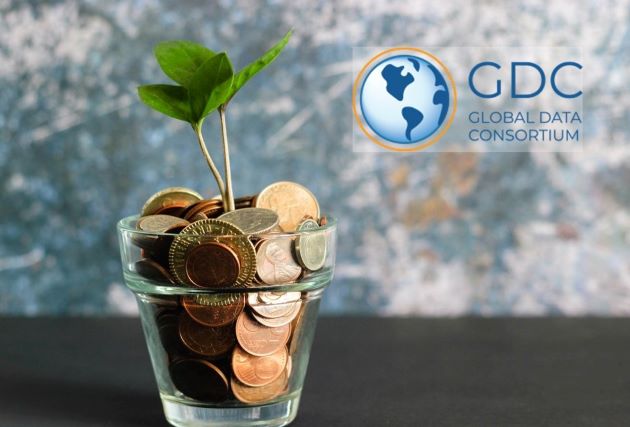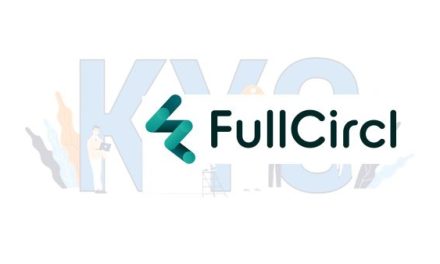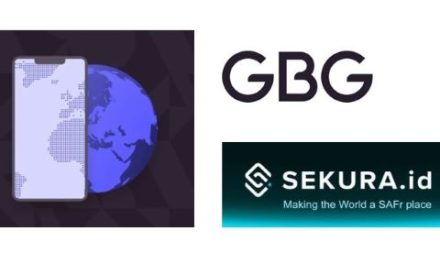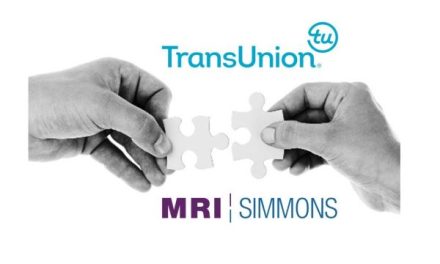Most people have bank accounts and participate in digital banking. However, the 5.4% of un- or underbanked American households translates to approximately 7.1 million households out of a total of about 131 million households, as of October 2020. Globally, that number is 1.7 billion, down from 2 billion in 2014.
Unbanked vs. Underbanked
According to Federal Reserve data, 35% of American households making $40,000 or less are unbanked or underbanked. They are also likely to have less education or to be in a racial or ethnic minority group. Furthermore, Global Findex states that 30% of unbanked adults are between 18-24 years old even though only 23% of all adults in developing economies fall in that age group. Finally, women are overrepresented in the unbanked population in most economies as they are less likely to participate in the workforce.
While these two groups are very similar, there are some distinct differences.
- Unbanked households have neither a checking nor savings account and list their main reason for being unbanked as “not having enough money to keep in an account”.
- Underbanked households have a bank account but take care of their financial needs via money orders, check cashing, or payday loans and list their main reason for being underbanked as being “distrustful of banks”.
Factors Surrounding Financial Inclusion
Financial inclusion, defined as “a method of offering banking and financial services to individuals aim[ing] to include everybody in society by giving them basic financial services regardless of their income or savings,” has many factors to consider. There are several barriers to it.
Cost and Distrust of Banks
The costs of living unbanked are generally higher than the cost of bank fees, but unbanked or underbanked individuals prefer the upfront nature of these fees. Although over half of the unbanked population states the lack of money to meet minimum bank account requirements as their main reason for being unbanked, one-third of respondents cite their distrust of banks as their main reason. Americans spent a whopping $189 billion in fees and interest on alternate financial services in 2018, translating to an average of $3,000 in annual costs per person.
Time Constraints and Distance
22% say distance is a barrier to participating in the banked population. Banks often refrain from opening branches in areas where they will not be utilized, creating bank deserts. So, carving out a portion of one’s day to travel to a widely distrusted institution can seem a bit difficult to imagine for some.
Credit History
Many unbanked or underbanked individuals turn to prepaid cards, cash, or money orders to pay bills and spend. However, this means they miss the opportunity to build credit and eventually qualify for loans and other financial decisions, like buying a house. 80% of unbanked households and 22% of underbanked households had no credit, compared to the 14% of fully banked households with no credit. Although banks like Wells Fargo are among the banks with services for first time account owners or those with poor credit, the reasons stated above serve as barriers.
Internet Access
For many, digital banking is convenient and inclusive as it doesn’t require a time commitment to go to the bank. For the unbanked and underbanked, digital banking assumes they have access to reliable, consistent internet access and that they know how to find and navigate each bank’s website and find print.
Identity and Documentation
For about 6.5 billion of us, having an ID is a given. But for roughly one billion, getting the proper documentation to open a bank account, qualify for healthcare, or even get unemployment is a long, drawn out, and not necessarily guaranteed process. In fact, 20% of unbanked individuals report they lack the documentation to open a bank account.
With Every Problem Comes a Solution
This is a problem that can be solved. Those of us in the electronic identity business are working on innovative solutions to get more people the documents they need to open a bank account. In additional, new, forward-thinking fintechs around the world are exploring ways to get more people access to financial services. These combined efforts provide hope that we aren’t leaving nearly one billion people behind as the digital banking revolution continues.
About: Global Data Consortium is a data-as-a-service company that delivers real-time, locally sourced identity and business verification for financial institutions, age restricted services, ecommerce, regtechs, and more around the globe. From swift customer and business identif ication for online account opening to identity verification for global money transfer to verifying ages for online gaming and age-restricted commerce, our local data providers reach deep into their markets to find unexpected sources of identity information, confirming anyone from thin-file clients to prominent persons of interest. Beyond the product itself, our Consortium of data providers, channel partners, and customers supply a continuous flow of knowledge and meaningful connection.
ication for online account opening to identity verification for global money transfer to verifying ages for online gaming and age-restricted commerce, our local data providers reach deep into their markets to find unexpected sources of identity information, confirming anyone from thin-file clients to prominent persons of interest. Beyond the product itself, our Consortium of data providers, channel partners, and customers supply a continuous flow of knowledge and meaningful connection.
About the Author: Tanvi Tapadia, Integrated Marketing Specialist at Global Data Consortium. She can be reached at: tanvi@globaldataconsortium.com


























